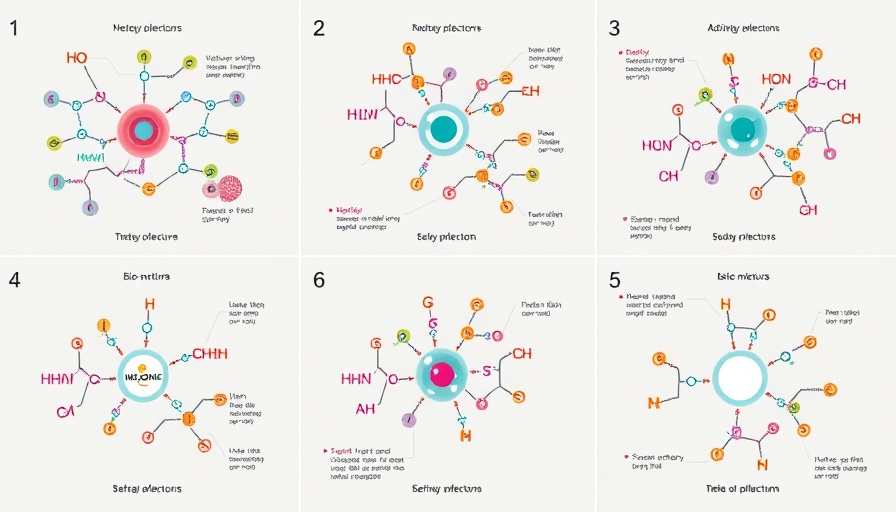
Revolutionizing Enzyme Design for Sustainable Biotech Solutions
Recent advancements in enzyme design may hold the key to not only enhancing industrial processes but also addressing crucial environmental challenges. Led by researchers at the Weizmann Institute of Science, a groundbreaking computational workflow for crafting stable enzymes has been unveiled, demonstrating catalytic efficiencies that rival natural biocatalysts. This development is a significant leap towards harnessing the potential of enzymes for non-natural reactions, which can lead to more sustainable methods of manufacturing and waste reduction.
Understanding Enzyme Efficiency and Its Importance
Enzymes are natural proteins that catalyze biochemical reactions, allowing them to occur at remarkable speeds that are crucial for biological processes. In various industries, natural enzymes set a high benchmark for efficiency. However, traditional artificial catalysts have struggled to match this performance. The new study indicates that through sophisticated computational designs, scientists can not only mimic but also design enzymes that surpass the efficiency of their natural counterparts, which is vital for sustainable practices in biotechnology.
The Power of Computational Design: A Game-Changer in Biocatalysis
The research published in *Nature* showcases a fully computational approach to enzyme design, which involves generating thousands of TIM-barrel backbones. This unique method merges fragments from homologous proteins to create stable and highly efficient enzymes. By employing atomistic calculations, researchers were able to filter millions of designs to identify those prime for experimental testing. This innovative platform allows scientists to significantly reduce the need for iterative laboratory screenings, making enzyme development faster and potentially more cost-effective.
Pioneering Variants with Unprecedented Catalytic Rates
In the experiments, several variants were highlighted due to their impressive catalytic rates. For instance, a single-point mutation led to a staggering catalytic efficiency of 123,000 M−1 s−1. Such records showcase not just theoretical prowess but practical applications that can revolutionize several industries. The implications of this research extend beyond laboratory settings, as higher efficiency enzymes can drastically reduce energy consumption and waste in biochemical processes.
Broader Implications for Biotechnology and Sustainability
As industries seek greener alternatives to traditional chemical processes, these advanced enzymes represent a crucial step forward. The ability to create enzymes that function efficiently under industrial conditions (greater than 85°C for stability) enables manufacturers to adopt biocatalysis more readily. This shift is not merely incremental; it could fundamentally change the landscape of how products are developed, from pharmaceuticals to biofuels, promoting sustainable practices.
Embracing the Future of Biotech: Takeaways for Individuals and Industries
For individuals and businesses, understanding the advancements in enzyme technology opens the door to innovative solutions that align with eco-friendly practices. As this technology evolves, it empowers consumers and advocates alike to push for cleaner and more sustainable products. Knowledge of such breakthroughs can encourage a culture of sustainability and responsibility, making ecological choices more accessible and appealing to everyday life.
This emerging field encourages all stakeholders, from scientists to consumers, to engage with and support biotech innovations that promise a healthier planet. The journey towards sustainable living is a collective effort, and advancements in enzyme technology play a pivotal role in making that vision a reality.
 Add Row
Add Row  Add
Add 




Write A Comment